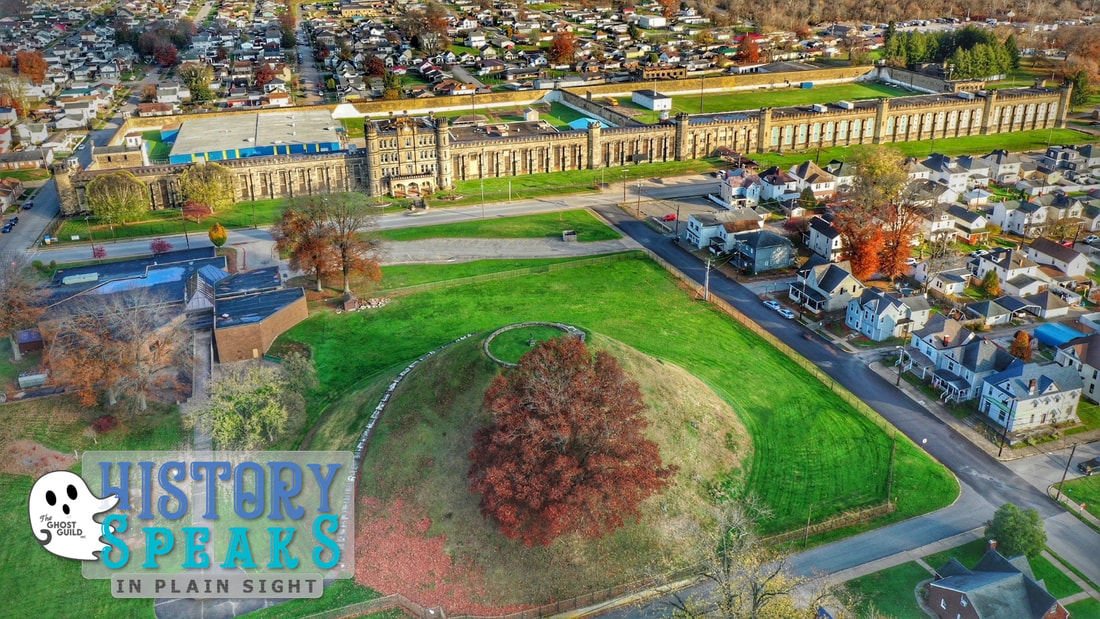West Virginia Penitentiary
Moundsville, West Virginia
|
Moundsville, or West Virginia Penitentiary, evokes images of an era long gone. The castle-like structure, complete with gothic facade and soaring battlements, housed thousands of inmates over its 119 years of operation.
During the 1860s, West Virginia struggled with its growing inmate population. Harrowing accounts depict overcrowded county jails and pleas for a larger, permanent penitentiary. In 1864, the state initiated planning, but it took roughly 12 years to build a structure. Finally, in 1876, West Virginia Penitentiary opened its doors. From its very foundation to the inner-workings of the prison, inmates were at the heart of Moundsville. The emphasis on reform meant its inhabitants had access to jobs and education when the site opened; however, these earnest goals fell by the wayside as the decades went on. Danger and hardship became a way of life at Moundsville. The infamous “Sugar Shack,” a space originally meant for recreation, quickly garnered a violent reputation. Tales include penitentiary murders, executions by hanging or electric chair, riots, and escape attempts. Even the sanitary conditions deteriorated as the inmate population increased. With a growing laundry list of problems, sentiment towards shutting down the facility peaked. In 1995, Moundsville shut its doors, marking the end of its tumultuous story. Today, Moundsville stands as a time capsule for our nation’s prison system, drawing history buffs, thrill seekers, and paranormal investigators alike. |
Investigations at this location:
Moundsville is a small town nestled in the northern panhandle of West Virginia. While we were in the area, we visited multiple sites, in addition to the well-known West Virginia Penitentiary. One of these is named the Grave Creek Mound, the largest mound of its kind in the United States measuring 62 feet high with a base of 240 feet. First discovered in the late 1700’s by an English immigrant named Joseph Tomlinson, the mound is a site created by the Adena Culture, where a number of related Native American societies shared a burial complex and ceremonial system. When Tomlinson’s decedents eventually decided to excavate the site, they found chambers that contained artifacts and the skeletal remains of Native Americans. And in case you haven’t yet made the connection, Moundsville gets its name from these burial mounds believed to have been built over 100 years, and more than 2000 years ago. If you make your way to Moundsville, be sure to visit the Grave Creek Mound Archaeological Complex. |


